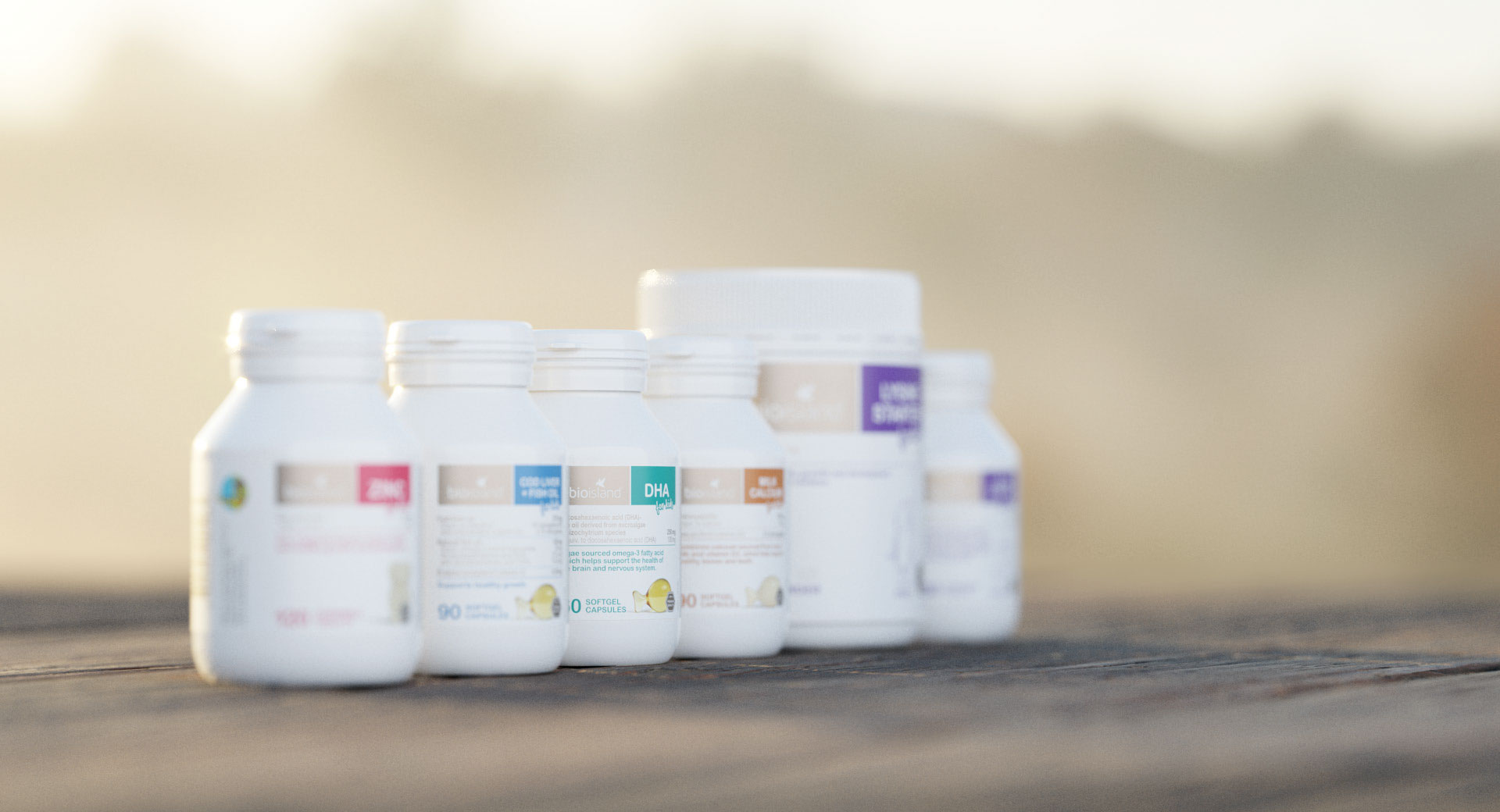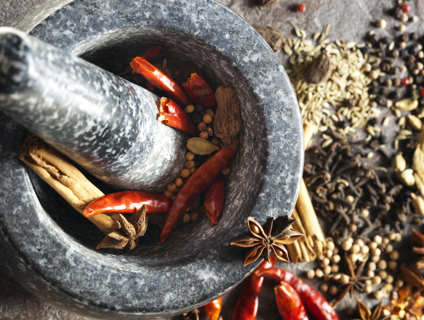
Phytonutrients 101
A phytonutrient is a substance found in some plants, vegetables, fruits and nuts that help the element stay healthy and protect it from bugs and the sun’s UV.
By Bio Island Nutrition Team
A phytonutrient is a substance found in some plants, vegetables, fruits and nuts that help the element stay healthy and protect it from bugs and the sun’s UV. Phyto refers to the Greek word plant and have been used in herbal medicine for 100’s of years. It wasn’t till the 19th and 20th century that a connection was made about the potential health benefits.
Phytonutrients play their role in the human body by providing antioxidant and anti-inflammatory properties. But they are not considered essential for life compared to macronutrients (protein, fats & carbohydrates). Phytonutrients enhance the communication between cells, hormonal action, stimulation of enzymes, repair DNA that has been exposed to toxins and detoxify carcinogens. There is over 25, 000 different types of phytonutrients known and each offer benefits to the vessel they are in.
Some of the most common phytonutrients include:
- Carotenoids: there are over 600 versions and support eye and immune health. The most common carotenoids are lutein and zeaxanthin, which are found in the retina and may help maintain eye health. Carotenoids are the bright pigments in plants and the colours and hues in vegetables and fruits. They act as an antioxidant and some can be converted into vitamin A. Alpha-carotene and beta-carotene are two of the carotenoids that would be most well recognized, as they are found in pumpkins and carrots, and provide their yellow and orange tone.
- Flavonoids: they contribute to healthy cell communication. Which in turn may help with detoxification, lower inflammation and may reduce the risk of other diseases. Flavonoids are the largest group of phytonutrients and have several subgroups which include anthocyanins, isoflavones and flavonols to name a few. Foods rich in flavonoids include green tea, apples, onions, legumes and ginger.
- Resveratrol: is found mainly in grapes or the grape skin. It may support cardiovascular and cognitive health. Other foods sources include peanuts, cranberries and blueberries.
Other phytonutrients include ellagic acid, phytoestrogens and glucosinolates to name a few. A key to figuring out if a fruit or vegetable is high in phytonutrients is its colour. The brighter the better in levels, but don’t discount any dull toned vegetables as they will still offer nutrients.
Research on phytonutrients is an area that is still growing as the more we understand regarding their potential to assist with certain elements of health is still being discovered. Research is looking into how the mechanisms, scale of effect and link in the relationship to these health issues work.
Phytonutrients isn’t a term largely used when selecting vitamins or herbal medicines, but they are the underlying ingredient that may help contribute to the effectiveness of some products. Considering they largely come from fruit and vegetables they should be already apart of the average diet and working their wonders already.
This information does not take into account your personal situation and is general in nature. You should consider whether the information is appropriate for your needs and seek professional medical advice.
Always consult your healthcare professional before taking any supplements or if any concerns arise.




